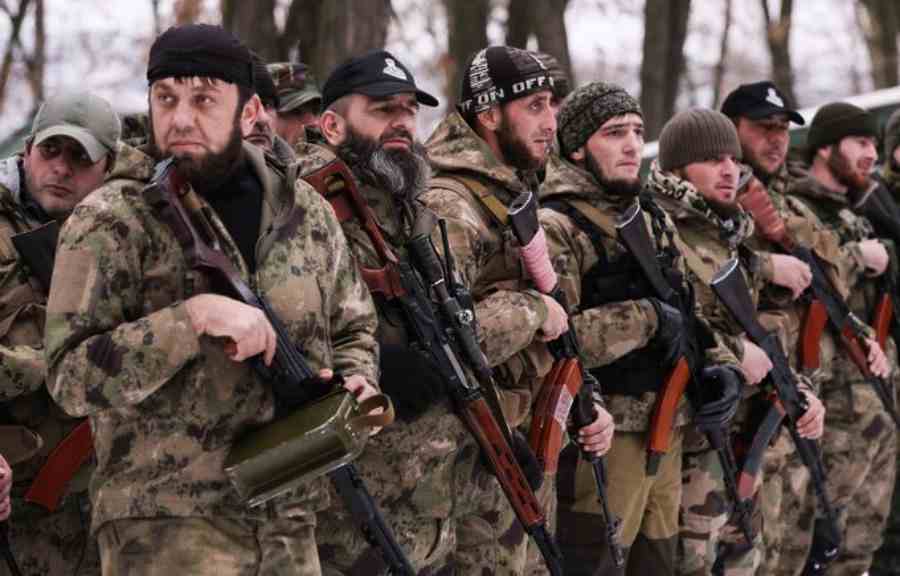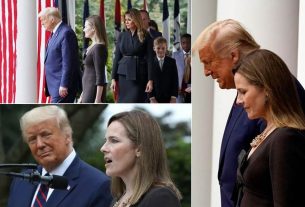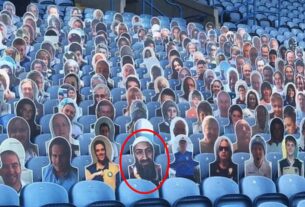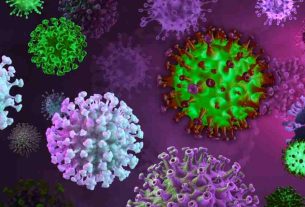Sat 05 August 2023:
A resistance group of Crimean Tatars, an ethnic group native to the Russian-occupied peninsula, is now a prominent player in the Ukraine war.
The Atesh (fire) movement has pledged to wage an unending war on the Russian invaders of Ukraine. Founded in September 2022, Atesh seeks to disrupt logistics, sabotage key targets, and stoke discontent against – and within – Russian president Vladimir Putin’s army.
Atesh’s methods are ruthless, as witnessed by the killing of 30 Russian servicemen in hospitals in Simferopol in November 2022. Their methods are also effective. In February 2023, the group claimed that over 4,000 Russian soldiers had already taken an online course (at the ‘Atesh school’) on how to survive the war by sabotaging their own equipment.
Mustafa Dzhemilev, the Crimean Tatar leader who Russia has barred from Crimea until 2034, recently stated that “Atesh is very deep underground … but they are working inside Crimea … blowing up targets.”
Serhii Kuzan, head of the Kyiv-based thinktank the Ukrainian Center for Security and Cooperation, said that: “The idea is for the occupier to always feel the presence of the partisans and for them never to feel safe.”
Partisans including Atesh are using a variety of methods to undermine the Russians in Crimea and beyond. When Atesh claimed responsibility for “liquidising” the Russian soldiers in the hospitals in Simferopol it warned: “Check the wards, check the morgues … you can check this fact 300 times but it’s the truth”.
As with so many incidents in this war, and this goes for acts committed by all sides, verifying such claims is an exceedingly difficult task. What we do know is that the partisan forces in Kharkiv, Zaporizhzhia and Kherson regions recently carried out a coordinated sticker and flyer campaign against the so-called Russian world.
In addition, emulating a tactic adopted in previous conflicts, Ukraine has reportedly dropped leaflets on Russian positions with the message: “Russian soldier, if you don’t want to be a Nazi of the 21st century, then leave our land! Otherwise, the fate of Hitler’s soldiers and a Nuremberg tribunal await you!”
The appeal to the past is seductive for Kyiv as partisan warfare played a major part in winning both the Russian civil war (1917-1923) and what Russia remembers as the “great patriotic war” (1941-1945).
The comparison of the current Russian army to the Nazi invaders of the second world war completely contradicts Putin’s version of history. The Kremlin charges that Ukrainian nationalists collaborated and engaged in mass murder during the Nazi occupation. Russian propaganda claims that the current war is designed to “de-Nazify” Ukraine.
Who are the Tatars?
Those who know the history of Russia, Ukraine and the Crimean Tatars will not be surprised by the hostility of the latter to the latest manifestation of Muscovite imperialism. Unlike the Slavic Russians, the Crimean Tatars are a Turkic ethnic group native to the Crimean peninsula.
The Crimean Tatar nation formed over four centuries (c.1200-c.1650) and merged with waves of immigrants. Tsarina Catherine the Great annexed Crimea in 1783 and the Russian Empire subsequently sought to “Russianise” the Crimean Tatars, prior to the revolution of 1917.
Under the rule of Joseph Stalin (1924-1953), the Soviet Union engaged in the active repression of the Crimean Tatars. This led to a number of Tatars cooperating with the Germans following the Nazi invasion of June 1941.
Stalin accused the Crimean Tatars of treachery and deported the community en masse to the Gulag. Although some Crimean Tatars served with the Axis powers, rather more served in the Red Army.
This deportation of at least 180,000 persons to central Asia in 1944 was one of the most painful chapters in Tatar history, (remembered as Sürgün (the exile). In the 1960s, research by Tatar activists estimated that approximately 100,000 of these people died (and even Soviet records show that 30,000 Crimean Tatars died less than two years after the deportations).
Only in September 1967 did the Supreme Soviet – the highest legislative body in the USSR – acknowledge that the charge of treason against the entire Crimean Tatar nation had been “unreasonable”. Thirteen years earlier, the Supreme Soviet had voted to transfer Crimea to the Ukrainian Soviet Socialist Republic from the Russian Soviet Federative Socialist Republic.
This was not that controversial at the time, given that both entities were then constituent parts of the Soviet Union. The dissolution of the Soviet Union in 1991 changed all of that.
Most of the Tatars were only allowed to return to Crimea in 1989, under the reformist Soviet leader Mikhail Gorbachev. The Tatars did not receive any compensation for their losses, and their return home prompted tensions with ethnic Russians and Ukrainians, many of whom had moved to the peninsula after 1944.
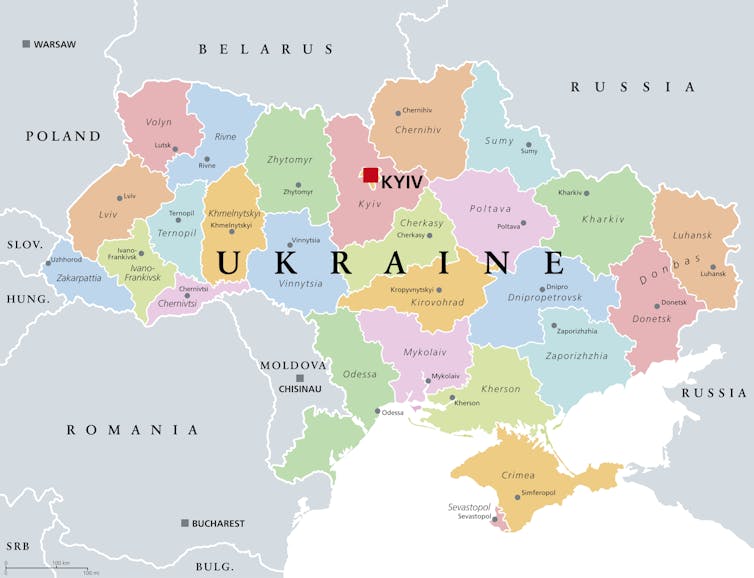
Once Ukraine became independent in 1991, Tatar leaders claimed that authorities in Kyiv deliberately prevented their people from obtaining government jobs, while secretly allowing “land grabs”. Gradually, however, the common enemy pushed the Crimean Tatars and Ukraine together.
Crimean Tatars became ardent supporters of the new Ukrainian state, and were sometimes dubbed “the greatest Ukrainians in Crimea”.
In 1897 native Crimean Tatars made up 34.1% of the population of Crimea. Despite the reversal of Stalin’s ethnic cleansing, by 2001 Russians made up 58% of the Crimean population while the indigenous Tatars represented only 12%.
The invasion of Crimea by Russia in 2014 was a disastrous return to the past for the Crimean Tatars. The Russians immediately embarked upon a programme of systematic tyranny. These persecutions persist to this day.
The Crimean Tatar self-governing assembly, the Mejlis, of which Mustafa Dzhemilev was chair, was banned, as were public references to the Stalinist deportations. After 2014, thousands of Tatars left Russian-occupied Crimea for Ukraine. Tatar activist and politician Ilmi Umerov told the Russian Federal Security Service that “I do not consider Crimea part of the Russian Federation.” He was sent to a psychiatric hospital.
Demonstrating Ukrainian-Tatar solidarity, in November 2015, the Verkhovna Rada (the Ukrainian parliament) passed a motion denouncing the 1944 deportations as “genocide”. (A precedent that encouraged Latvia, Lithuania and Canada to follow suit in 2019.) In 2021 the Verkhovna Rada passed a law which recognised the Crimean Tatars as one of the indigenous peoples of Ukraine.
As long as the current war continues, and given the significant military contribution of the Crimean Tatars, Kyiv will look ever more favourably on the question of self-determination for the Crimean Tatar nation.
Ukrainian studies academic Rory Finnin argues that the future of the Crimea is central to any settlement that may follow the current war. Ukraine lost control of Crimea in 2014, but the exertions of the Crimean Tatars in the present conflict are contributing significantly to Kyiv’s ability to avoid defeat by Russia.
![]()
Gerald Hughes
(He/His/Him)
Reader in Military History and Intelligence Studies in the Department of International Politics, Aberystwyth University
R. Gerald Hughes is Reader in Military history, also specialising in diplomatic history and the history of intelligence. He holds undergraduate and Masters degrees from the Universities of Stirling, Bangor and Aberystwyth. He was awarded a Ph.D by the University of Wales in 2000 on the subject of British policy towards West German Ostpolitik in the years 1955-1967. Hughes is the reviews editor of Intelligence & National Security, the world’s leading journal on the role of intelligence in international affairs, and the editor of the Study Group on Intelligence newsletter. He is a Fellow of the Royal Historical Society. His publications include ‘Carl von Clausewitz and his Philosophy of War: The Evolution of a Reputation, 1831–2021’, *History* 105 (368) (2020); ‘“First Gain the Victory and then Make the Best Use of it you can”: the Royal Navy in the Aftermath of the Falklands War’, *International Journal of Military History and Historiography*, 43 (2023); (with Stephen Hanna), ‘Journeys Back Along the Roads to Mandalay, Imphal and Kohima: Recent Contributions to the History of the Burma Theatre in the Second World War’, *Intelligence and National Security*, 37/1 (2021); and (with Rhodri Jeffreys-Jones), ‘Timely memoirs and the ‘British invasion’: Two trends in the historiography of the CIA’, *Journal of Intelligence History*, https://www.tandfonline.com/doi/full/10.1080/16161262.2022.2051920 (2022). His published books include Britain, Germany and the Cold War: The Search for a European Détente, 1949–1967 (2007/2014); *The Postwar Legacy of Appeasement: British Foreign Policy since 1945* (2014); and, as editor with Len Scott, *The Cuban Missile Crisis: A Critical
______________________________________________________________
FOLLOW INDEPENDENT PRESS:
TWITTER (CLICK HERE)
https://twitter.com/IpIndependent
FACEBOOK (CLICK HERE)
https://web.facebook.com/ipindependent
Think your friends would be interested? Share this story!


